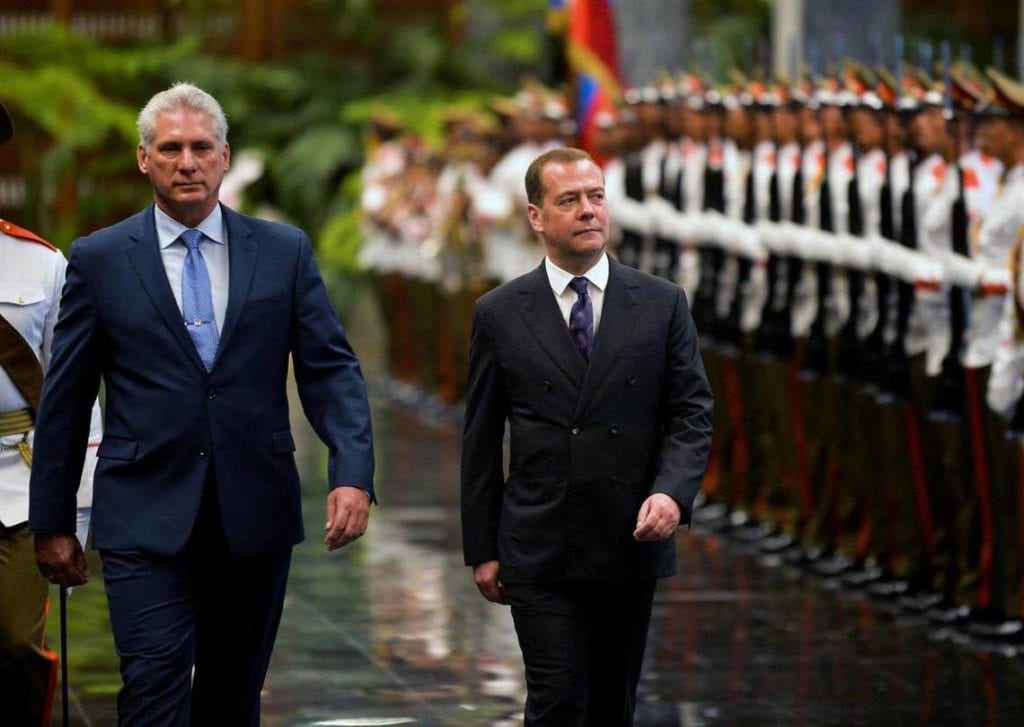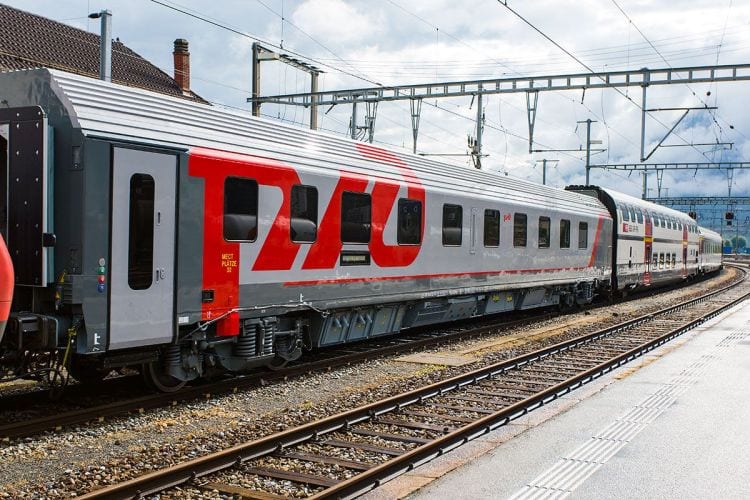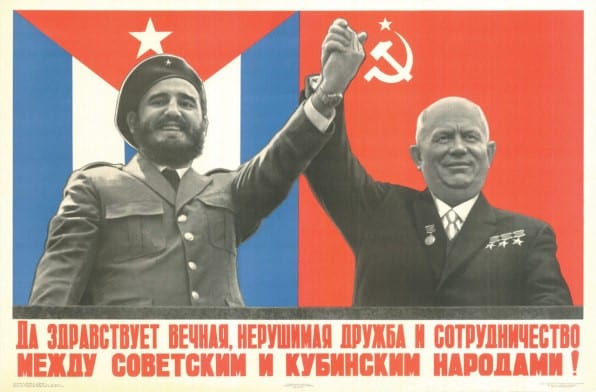The outgoing 2019 for the Russian-Cuban interaction turned out to be especially saturated. The “Liberty Island” was visited on official visits by the Russian Prime Minister Dmitry Medvedev, the Federation Council Chairman Valentina Matvienko, the Foreign Minister Sergey Lavrov, and the Security Council Secretary Nikolai Patrushev. In turn, the Cuban leader Miguel Diaz-Canel visited Moscow and St. Petersburg. How do the parties intend to revive the lost partnership? What is behind such activation of bilateral contacts?
Despite the decrease in the degree of interaction between Havana and Moscow after the collapse of the Soviet Union and the construction of a new course for Russia, Cuba has always remained in the orbit of Russian foreign policy interests. The outgoing year turned out to be very intensive for events that raised the degree and changed the nature of Russian-Cuban relations. The changing dynamics of the dialogue between Moscow and Havana is based on a number of factors both at the bilateral and international levels. Cuba remains one of Russia’s main partners in the western hemisphere and a strategic ally in the Latin American region. In addition, a significant impact on the intensity and richness of bilateral relations was exerted in recent years by a very high level and significantly increased volume of Russian-Cuban cooperation. One of the important factors is the fact that in the current complex and sometimes conflicting situation in the multipolar world of Russia, it is necessary to ensure close coordination of positions and interaction with its partners, and Moscow is united with Havana by a common approach to the main issues of the regional and global agenda.

During 2019, Russian-Cuban interaction was strengthened not only in the political direction, but also in the economic sphere, key agreements were reached, and a number of contracts were signed. Important bilateral agreements have been concluded in recent months. As part of the official visit of the Russian Prime Minister Dmitry Medvedev to the “Liberty Island” in October, a contract was signed for the construction and modernization of the railway infrastructure of the Latin American country between the Russian company “Russian Railways International” and the Union of Railways of Cuba. This agreement provides for the renovation and re-equipment of more than 1000 kilometers of railways, the supply of specialized Russian equipment, and the training of Cuban personnel. In addition, the bilateral contract is designed for a period of 10 years, and the volume of investments is estimated at 1.9 billion euros. It is worth noting that this Russian-Cuban project has become the largest abroad for the Russian Railways company.
During Medvedev’s visit to Havana, a number of bilateral agreements were also signed in various sectors: updating and maintaining the technical equipment of Russian-made aircraft operated by the Cuban airline “Cubana de Aviación”, supplying a rolling mill for a metallurgical plant in Las Tunas. In the energy sector, with the support of “Zarubezhneft”, a pilot project was launched to increase the oil recovery of the Boca de Jaruco field. This initiative, with the participation of the Russian company, will allow for the first time to apply the best practices in horizontal well drilling in Cuba.

In late October, the Cuban President Miguel Diaz-Canel (Spanish – Miguel Mario Díaz-Canel Bermúdez) paid an official visit to Moscow. In the framework of the meeting between the leader of the Latin American state and Vladimir Putin, an additional protocol was signed to the agreement on the construction of four power units for the Maximo Gomez and East Havana thermal power plants. It is worth noting that a landmark project includes the creation in the suburbs of the capital of the Island of Cuba of enterprises for the assembly of “Ural”, “GAZ”, and “PAZ” vehicles. These vehicle assembly plants will be the first production facilities in Cuba with the participation of Russia after the collapse of the Soviet Union.
Today, Cuba imports a number of Russian industrial products: high-tech equipment for oil production, electricity generation, for metallurgical plants, as well as vehicles of “LADA”, “KAMAZ”, “UAZ”, “GAZ”, railway wagons and more. According to economic analysts, as the new Cuban model of socio-economic development advances, competition in the market of the Latin American state among foreign partners will only increase. Every year, more and more attractive economic projects for foreign investors in various fields appear on the “Liberty Island”: energy, pharmaceuticals, public transport, information technology and others.

On November 20, representatives of the Russian Foreign Ministry confirmed that Moscow will expand its settlements in national currencies with Cuba. This decision is explained by the fact that in the conditions of a severe blockade of the US sanctions on the “Liberty Island”, this measure will be able to balance and strengthen the Cuban currency.
The second secretary of the Central Committee of the Communist Party of Cuba, José Ramón Machado Ventura met on November 26 in Havana with the chairman of the party “Just Russia”, Sergei Mironov. During the negotiations, representatives of political platforms expressed mutual satisfaction with the development of bilateral relations between the states and discussed issues of the regional and international agenda, in particular the situation in Latin America and the Caribbean. As a result of the meeting, a Memorandum of Cooperation between the parties was signed.
This 2019 year proved that Russian-Cuban interaction today is based on a pragmatic and mutually beneficial approach, which is based on such basic bilateral documents as the Declaration on the Principles of Relations between the Russian Federation and the Republic of Cuba, and is being successfully implemented in practice. The post-Soviet period of bilateral cooperation is characterized by the similarity of the main views on international problems, the use of Russian credit funds, however, there is no question of any gratuitous investments.


